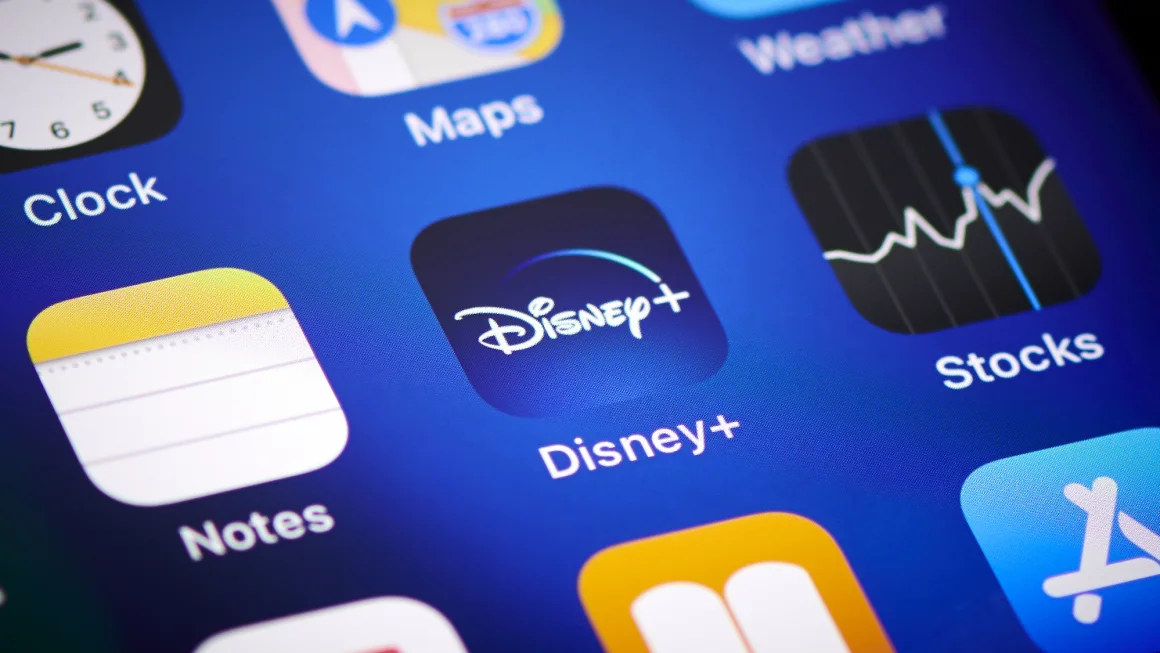Disney managed a rare feat for a legacy media company: Its streaming service actually turned a profit — with some caveats. But Wall Street still wasn’t satisfied, sending shares down more than 9%. It was Disney’s worst stock trading day in 18 months.
See here: Disney (DIS), fresh off its victory in a bruising (and stupidly expensive) boardroom proxy battle last month, for the first time ever squeezed some profit out of Disney+ and Hulu, to the tune of $47 million. But Disney’s other streaming property, ESPN+, continued to shed subscribers and hemorrhage cash, bringing the combined streaming loss to $18 million.
That’s a lot of money, but it is a pretty huge improvement over the $659 million loss the collective streaming business reported in the same period a year ago.
Wall Street is always looking ahead to future growth, of course, so it was the projected slowdown next quarter that had investors in a tizzy.
“In my view, they delivered some pretty good results,” Paul Verna, a principal analyst at eMarketer, told me. “What the Street seems to be reacting to is the guidance for some softness in entertainment streaming next quarter.”
Disney said it still expects for the combined streaming business to achieve profitability by the end of its fiscal year, in September.
Of course, “getting to profitability is one thing,” Verna added. “Sustaining it is another.”
Disney is in the middle of an awkward transition that no one could have anticipated a decade ago. Imagine telling CEO Bob Iger in 2014 that one day his company — a dyed-in-wool movie-making, intellectual-property-mastering Hollywood juggernaut — would be doing battle against tech nerds like Apple and Amazon, all in the hopes of catching up with that puny DVD delivery service Netflix.
But that is, more or less, what’s happening.
Streaming is new(ish) and very different beast from the traditional cable TV model Disney and other media giants like Paramount, Viacom and Warner Bros. Discovery (CNN’s parent company) have relied on for decades to pad profit margins.
But years of cord-cutting mean the gravy train of cable is going away, and companies like Disney are having to figure out how to keep making good TV and movies while also locking in streaming audiences before Netflix eats their lunch.
“It is a very tough business,” Verna said. “The profit margins are lower … maybe it’s psychological, but it’s almost like these companies that have built entire businesses on the cable model — it’s very hard for them to let that go and accept that the future is going to look different for them.”
For Disney, in particular, streaming is just one headache among many. It’s had a run of box-office flops (“The Marvels,” “Indiana Jones and the Dial of Destiny,” “Haunted Mansion”). Iger has been trying to execute an ambitious turnaround strategy — which led to thousands of layoffs and the costly merger of its India operations — while fending off activist investors in a shareholder drama worthy of its own eight-episode TV series. And in the middle of all that, Iger, who is 73, is in theory lining up a successor to take the helm when his contract expires in two years.
Tuesday’s market reaction shows that Wall Street has “more questions than answers for earnings over the next couple of quarters,” said Brian Mulberry, a portfolio manager at Zacks Investment Management, in a note. “While it is a relief, I am sure, to have the battle over board seats behind them, it now creates more focus on results.”

